

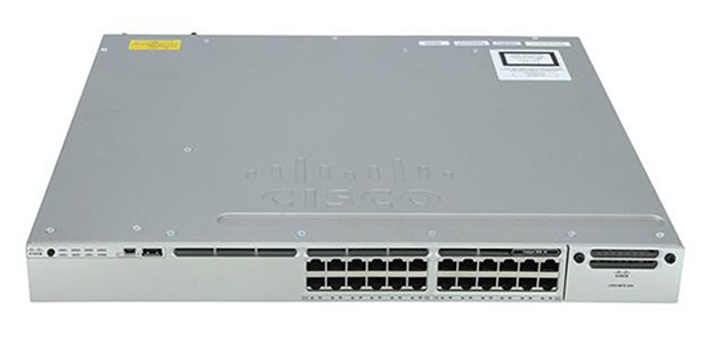
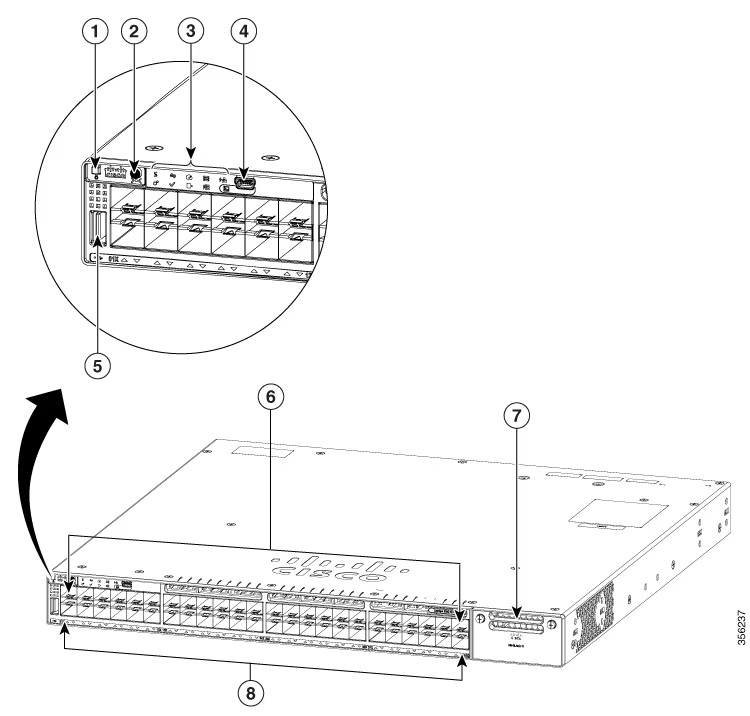

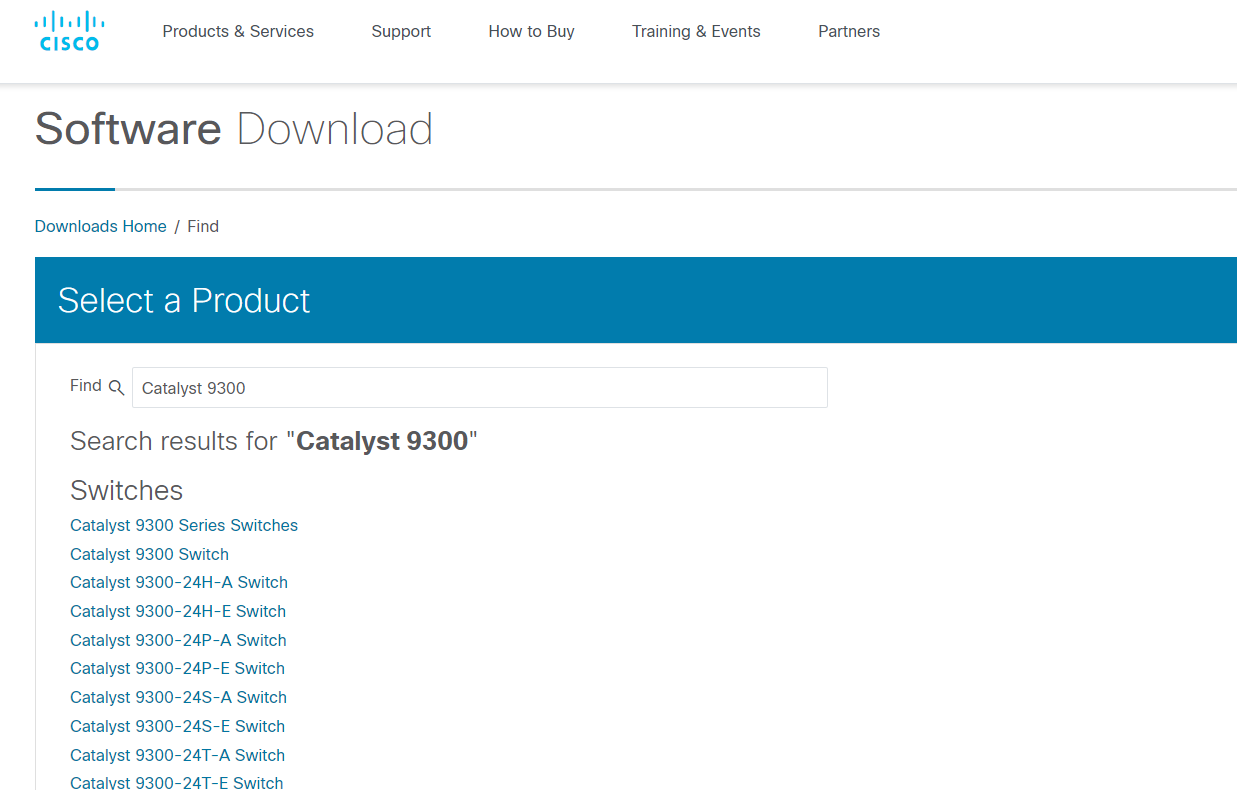
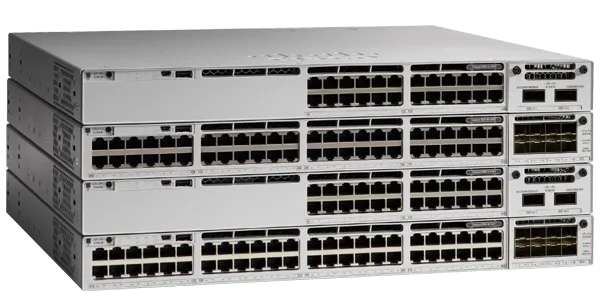

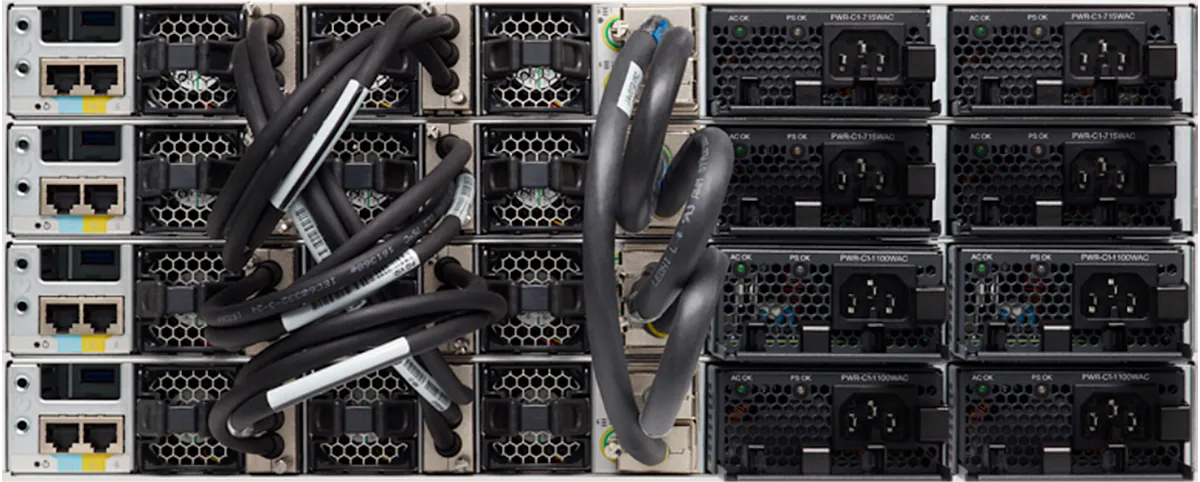
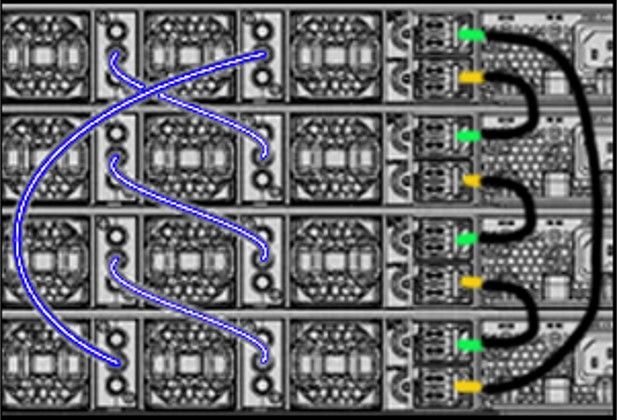



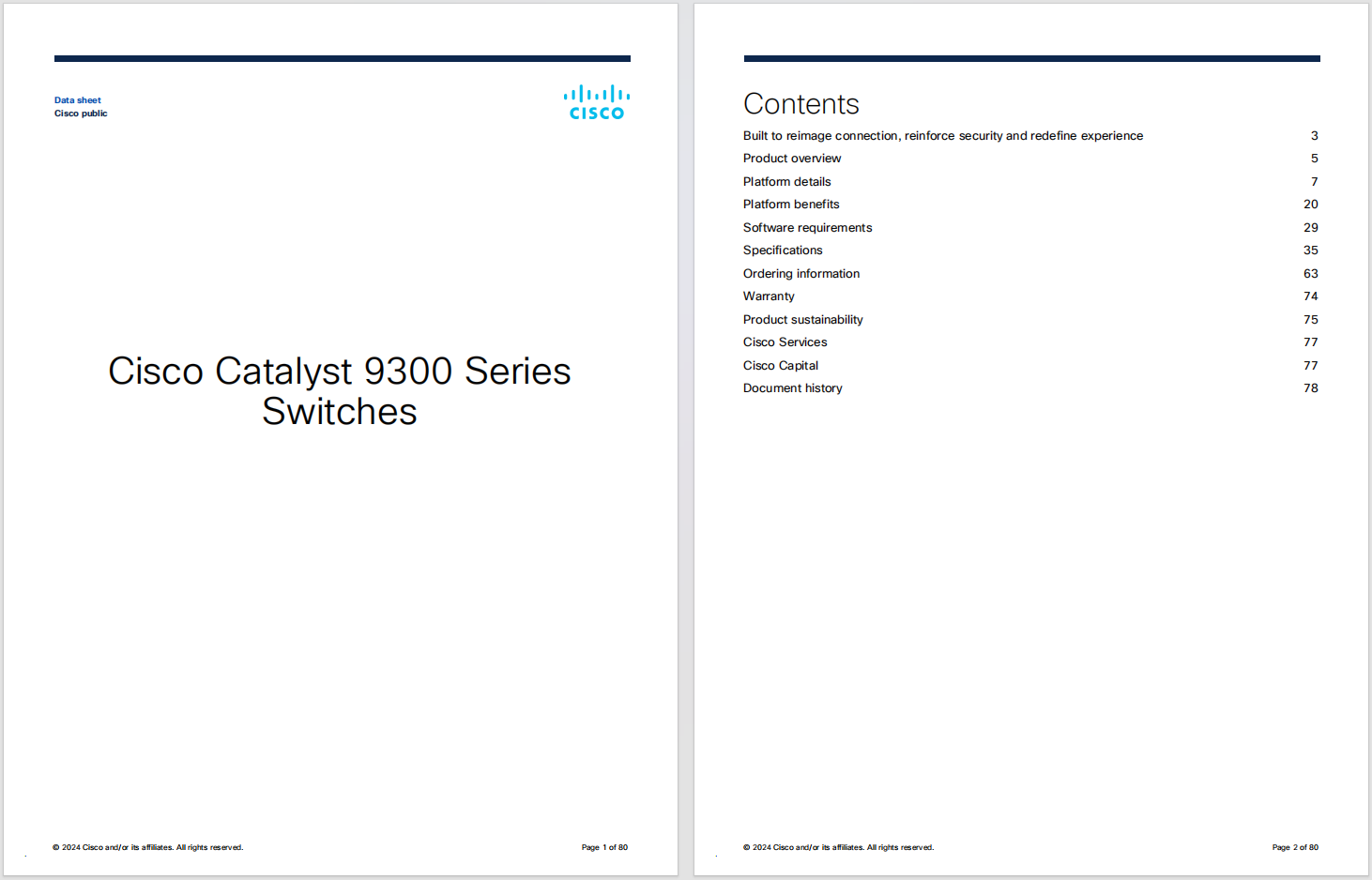



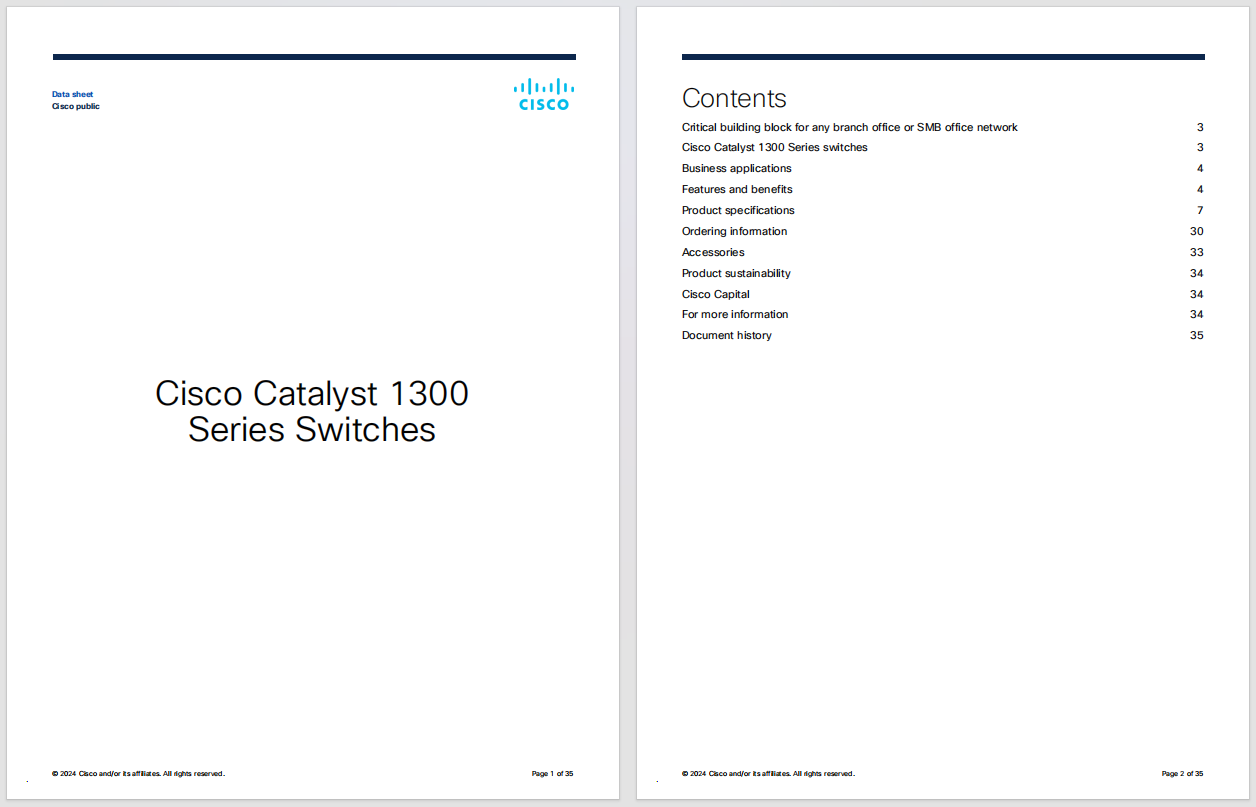
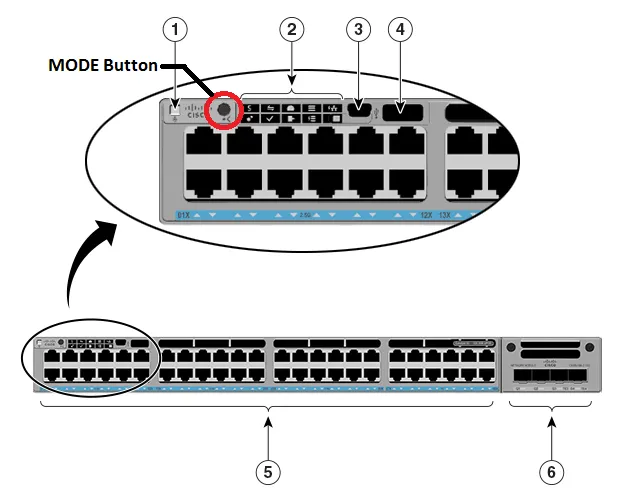
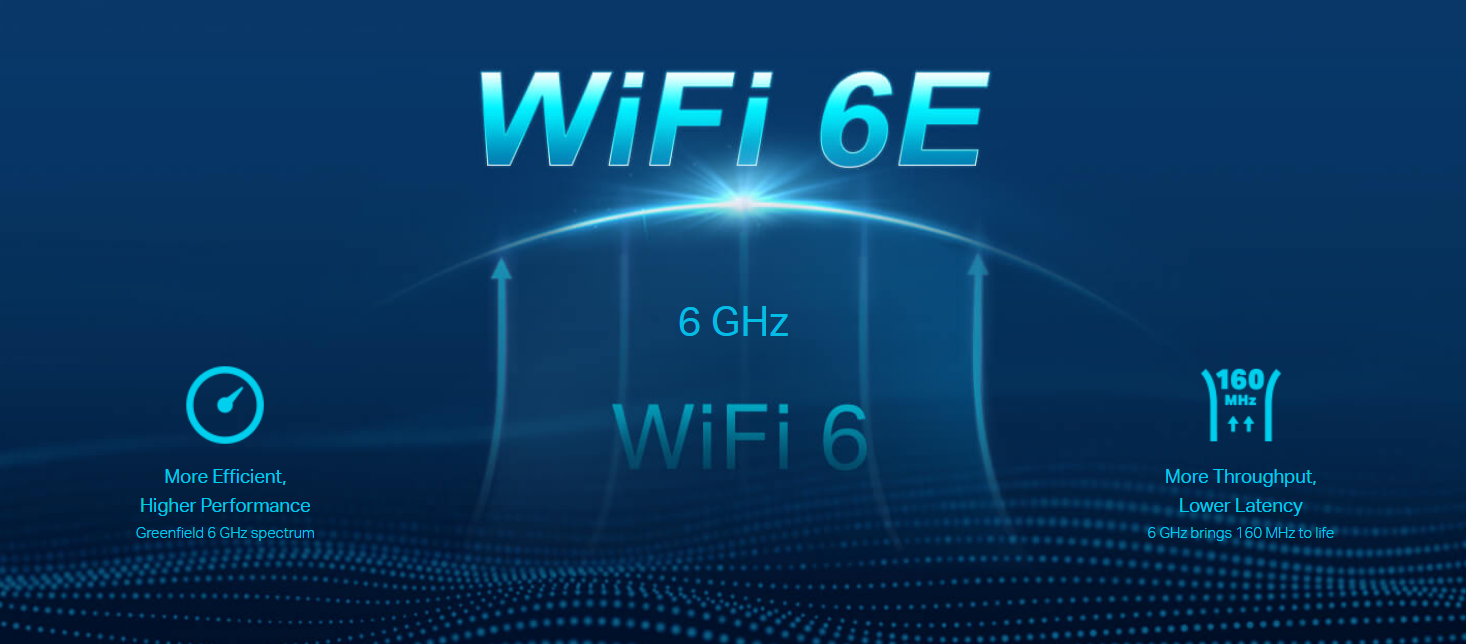

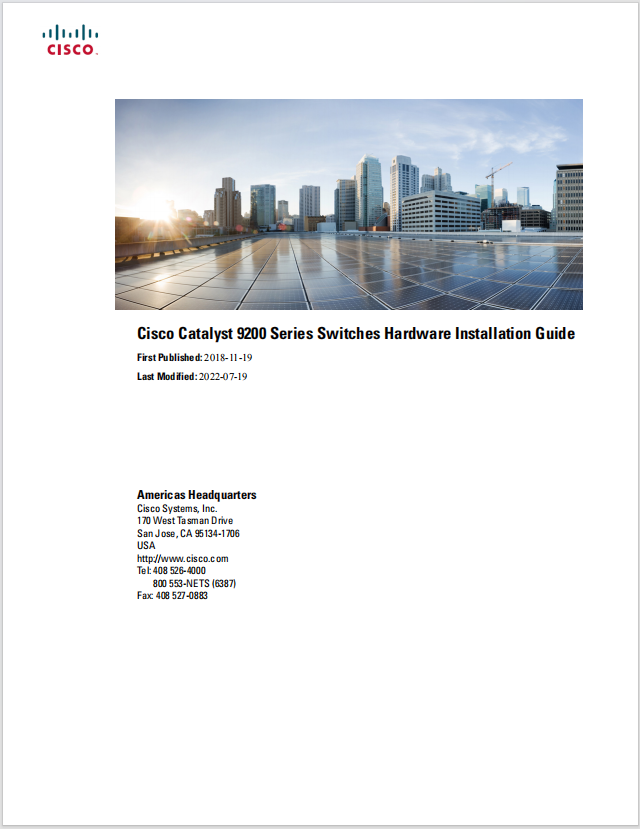

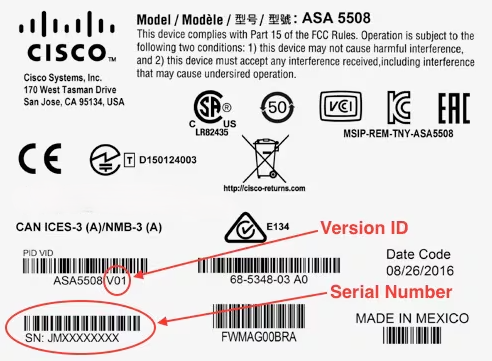
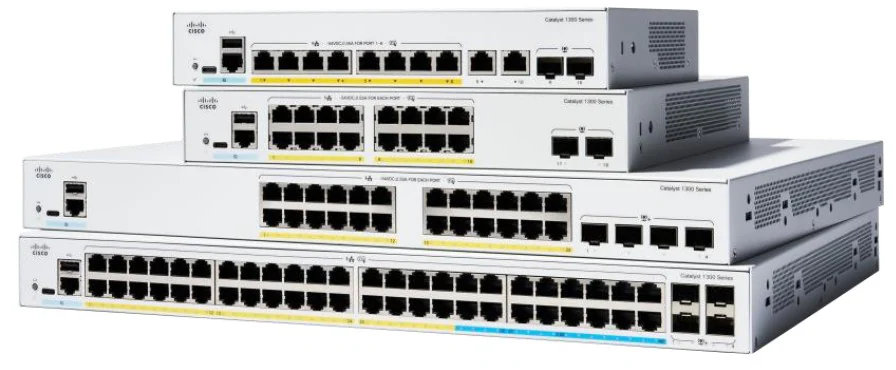


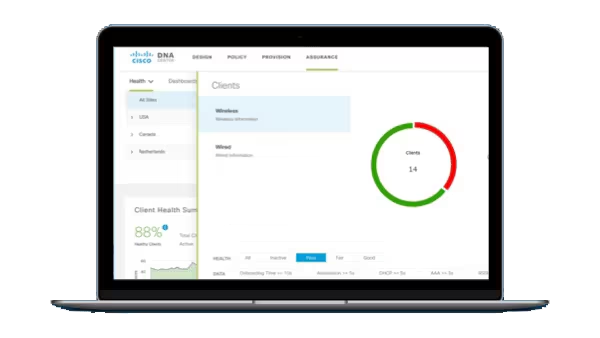
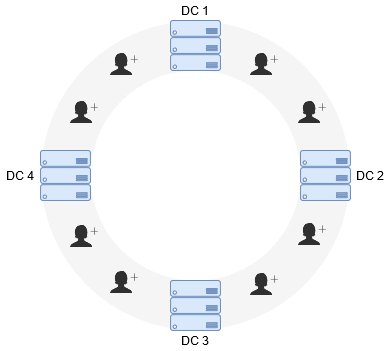

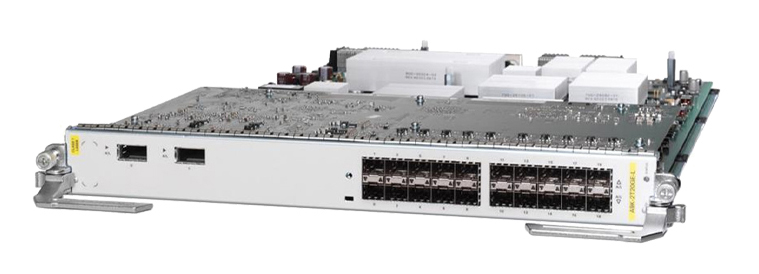

More and more customers are deploying workloads and applications in Amazon Web Service (AWS). AWS provides a flexible, reliable, secure, easy to use, scalable and high-performance environment for workloads and applications.
AWS recommends three-tier architecture for web applications. These tiers are separated to perform various functions independently. Multilayer architecture for web applications has a presentation layer (web tier), an application layer (app tier), and a database layer (database tier). There is the flexibility to make changes to each tier independent of another tier. The application requires scalability and availability; the three-tier architecture makes scalability and availability for each tier independent.
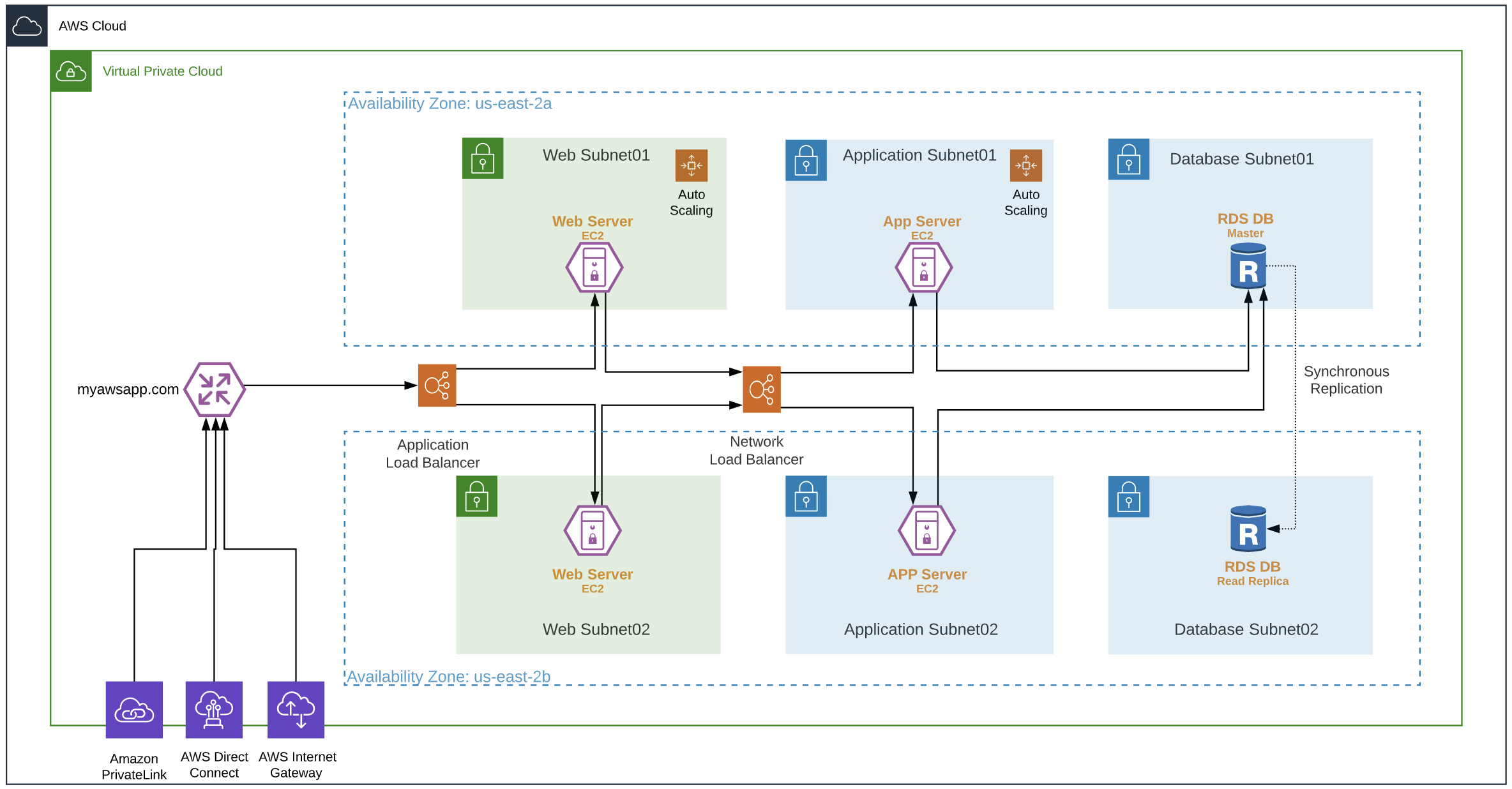 Figure 1: AWS three-tier architecture
Figure 1: AWS three-tier architecture AWS has a shared security model i.e., the customers are still responsible for protecting workloads, applications, and data. The above three-tiered architecture offers scalable and highly available design. Each tier can scale-in or scale-out independently, but Cisco recommends using proper security controls for visibility, segmentation, and threat protection.
 Figure 2: Key pillars of a successful security architecture [SAFE Secure Cloud for AWS (pdf)]Cisco recommends protecting workload and application in AWS using a Cisco Validated Design (CVD) shown in Figure 3. All the components mentioned in this design have been verified and tested in the AWS cloud. This design brings together Cisco and AWS security controls to provide visibility, segmentation, and threat protection.
Figure 2: Key pillars of a successful security architecture [SAFE Secure Cloud for AWS (pdf)]Cisco recommends protecting workload and application in AWS using a Cisco Validated Design (CVD) shown in Figure 3. All the components mentioned in this design have been verified and tested in the AWS cloud. This design brings together Cisco and AWS security controls to provide visibility, segmentation, and threat protection. Visibility:Cisco Tetration, Cisco Stealthwatch Cloud, Cisco AMP for Endpoint, Cisco Threat Response, and AWS VPC flow logs.
Segmentation:Cisco Next-Generation Firewall, Cisco Adaptive Security Appliance, Cisco Tetration, Cisco Defense Orchestrator, AWS security group, AWS gateway, AWS VPC, and AWS subnets.
Threat Protection:Cisco Next-Generation Firewall (NGFWv), Cisco Tetration, Cisco AMP for Endpoints, Cisco Umbrella, Cisco Threat Response, AWS WAF, AWS Shield (DDoS
 Tags quentes :
Amazon Web Services (AWS)
ASAv
cisco anyconnect VPN
AMP for Networks
AWS Security
AWS IAM
AWS Shield
AWS VPC Flow Logs
AWS WAF
Tags quentes :
Amazon Web Services (AWS)
ASAv
cisco anyconnect VPN
AMP for Networks
AWS Security
AWS IAM
AWS Shield
AWS VPC Flow Logs
AWS WAF